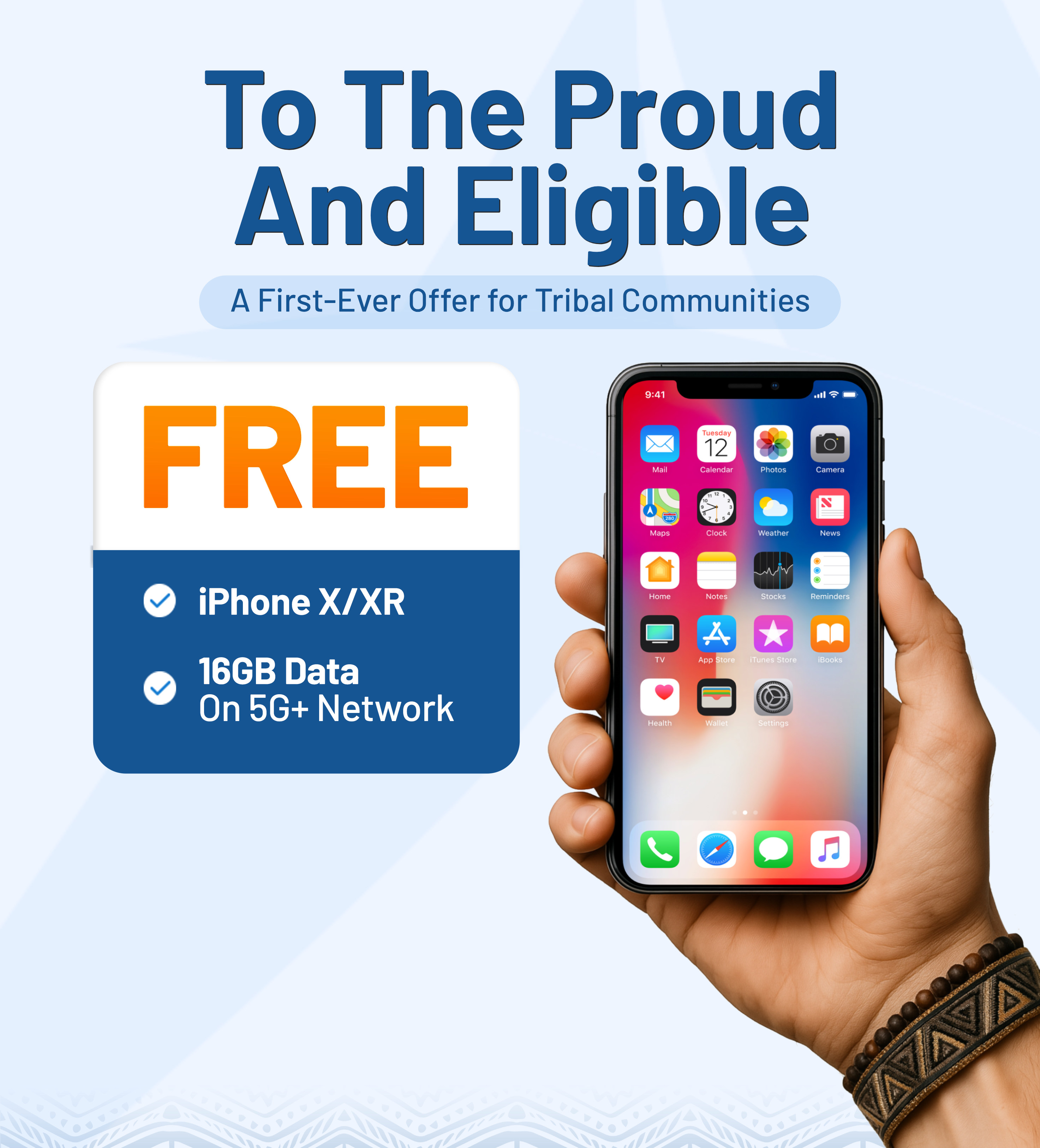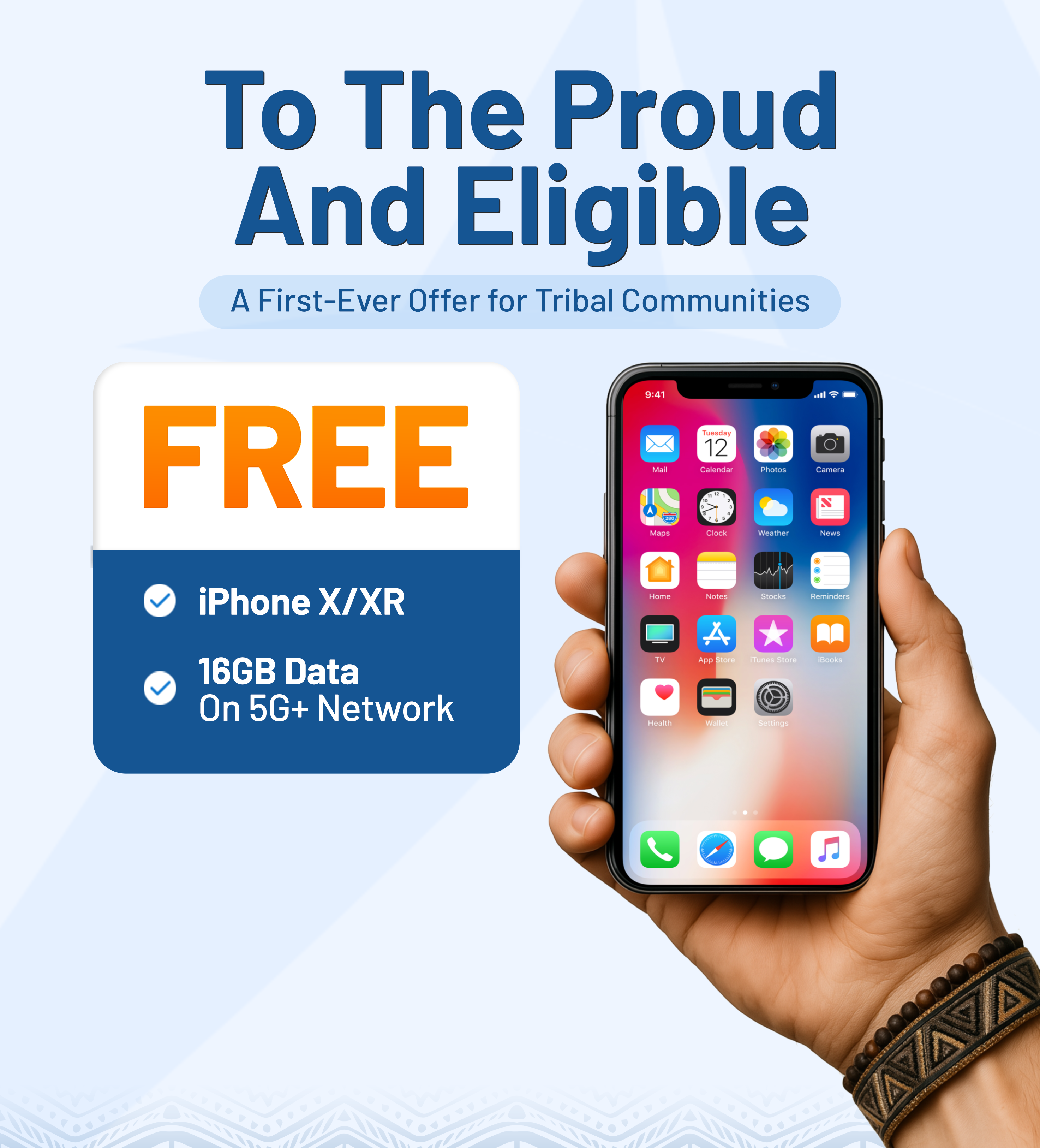SNAP guides are one of the easiest ways to help shoppers make informed decisions and feel confident about where they can use their benefits. Grocery giants like Walmart and Target already make this information easy to access. But when it comes to premium stores, many people still ask: Does Whole Foods take EBT?
This complete guide clears up the confusion, explaining how EBT works at Whole Foods and helping SNAP shoppers shop smarter.
1. Does Whole Foods Take EBT?
Whole Foods Market accepts EBT cards at all of its store locations across the U.S. Shoppers who are part of the SNAP can use their EBT cards to buy eligible food items in-store.
Whole Foods Market, acquired by Amazon, is a well-known multinational supermarket chain known for specializing in natural, organic, and minimally processed foods.
In its 2017 annual report, Whole Foods Market reported net sales of approximately $16 billion. (Whole Foods Market no longer releases its revenue figures separately since being acquired by Amazon in 2017.)
For EBT users, Whole Foods offers access to a wide selection of nutrient-rich, clean-label foods not always found in conventional supermarkets. Using EBT at Whole Foods is the same process as at any SNAP-authorized store. Simply swipe your EBT card at checkout and enter your PIN to complete the transaction.

>>> Also read: Does Wendy’s Accept EBT?
2. Does Whole Foods Take EBT Cards Online?
Whole Foods Market accepts EBT for online orders, but only through Amazon’s platform. This means eligible SNAP recipients can shop for Whole Foods items online via Amazon and pay with their EBT card, but only for SNAP-eligible food items.
Non-eligible items, service fees, and tips must be paid using another payment method.
Amazon also offers a discounted Amazon Grocery Subscription to make Amazon shopping online more accessible for EBT users. For just $4.99/month (compared to the standard of $9.99/month), you get free unlimited grocery delivery on orders over $35.
If you don’t have a subscription, you can still place delivery orders, but a $9.95 service fee will apply. Grocery pickup is free on orders of $35 or more, where available.
Please note that EBT funds cannot be used to pay for tips or service fees. If you want to leave a tip on an Amazon Fresh or Whole Foods Market order, you’ll need to use a separate credit or debit card.
Online EBT payments for Whole Foods are available only in select regions, so check availability in your area.
>>> Also read: Does Dollar Tree Take EBT? What To Know Before You Shop
3. What You Can Buy at Whole Foods with EBT
Whole Foods accepts EBT cards for a wide selection of grocery items, as long as they qualify under SNAP guidelines. You can enjoy Whole Foods’ quality offerings, including many organic and specialty foods when shopping on a budget.
Some of the common products you can buy with an EBT card at Whole Foods include:
- Fresh and packaged produce (apples, carrots, etc.)
- Uncooked proteins (chicken, beef, seafood, etc.)
- Dairy and dairy alternatives (milk, cheese, almond milk, etc.)
- Dry goods (rice, pasta, cereal, bread, etc.)
- Pantry items (canned vegetables, beans, peanut butter, oils, etc.)
- Freezer staples (vegetables, frozen fruit, eligible meals, etc.)
- Snacks (popcorn, chips, non-alcoholic beverages, etc)
- And more.
Whole Foods’ wide assortment of items, so EBT shoppers can still find options that are gluten-free, plant-based, or low-sodium, as long as they’re part of SNAP-approved categories.

4. What You Can’t Buy at Whole Foods with EBT
To avoid confusion at checkout, let’s check which products are not eligible for EBT payment:
- Hot and prepared foods: Does Whole Foods take EBT for hot food? EBT benefits cannot be used to buy foods that are hot at the point of sale or meant to be eaten immediately. This means meals from the hot food bar or made-to-order sandwiches/pizza. If a food item is heated or intended for consumption on the spot, it is considered prepared food, which is not covered by SNAP.
- Non-food items: You cannot use your EBT card to pay for non-edible merchandise, such as household cleaning supplies, paper goods (toilet paper, paper towels), dish soap or other cleaning products, personal care items (shampoo, toothpaste), cosmetics, or beauty products.
- Alcohol and tobacco: All alcoholic beverages and tobacco products are completely ineligible for EBT use.
- Vitamins, supplements, and medicines: Though you might find vitamins or protein powders in the grocery section, any product labeled with a Supplement Facts panel is not eligible for EBT purchase.
- Pet food and pet supplies: Pet food, cat litter, toys, or accessories – all of these items must be paid for out of pocket.
If you’re shopping in person, you’ll need to pay for non-eligible items with a separate payment method. When shopping online via Amazon’s Whole Foods section, SNAP-eligible items are marked clearly.
5. Can You Use WIC at Whole Foods?
The Women, Infants, and Children (WIC) program helps low-income pregnant women, new mothers, and young children access essential nutrition. The use of WIC at Whole Foods depends heavily on state approval and local store participation.
Whole Foods Market is not approved as a WIC-authorized retailer in all states. Each state has its own list of approved stores and products for WIC. In some states, select Whole Foods stores may participate in the WIC program.
Visit your state’s WIC website or call the specific Whole Foods store location and ask a store associate directly to confirm whether your local Whole Foods accepts WIC.
WIC benefits can only be used on specific items that meet program guidelines, typically store-brand basics. If you rely on WIC for your grocery needs, shop at larger national retailers like Walmart.
6. Tips for Using the EBT Card at Whole Foods
Here’s a deeper look into how to shop smarter and more confidently with EBT at Whole Foods:
- Check your EBT balance: Before heading to Whole Foods, check your EBT balance, which helps you mentally set spending boundaries and avoid surprises at checkout. Whole Foods carries many high-value, organic, and specialty items that might eat into your balance faster than expected.
- Understand SNAP eligibility: It’s not always obvious which products are eligible under SNAP. For example, just because a granola bar is organic or labeled as healthy doesn’t mean it’s SNAP-eligible, especially if it’s sold in the café section or includes added supplements.
- Split payments: You’ll need to separate SNAP-eligible from ineligible items during checkout. You can still pick up household supplies or specialty treats while preserving your SNAP benefits for core groceries.
7. Can SNAP/EBT Qualify You for the Lifeline Program?
If you receive SNAP benefits/food stamps, you can qualify for the Lifeline program that helps low-income individuals reduce the cost of phone or internet services.
Here’s how to apply for Lifeline with AirTalk Wireless:
- Visit AirTalk Wireless. Enter your ZIP code to view local Lifeline plans.
- Choose a plan.
- Choose from available free phones (tablets and smartwatches may also be offered).
- Upload your SNAP documents. Acceptable documents include: Notice of Action, Notice of Approval, Verification of Benefits Letter (including from BenefitsCal.com), etc. Do note that copies of EBT cards are no longer accepted as valid proof for Lifeline.
- Submit Application. If approved, you’ll receive confirmation and your free device and service.

FAQs
Can you get stamps at Whole Foods?
Whole Foods accepts food stamps/EBT cards for eligible grocery purchases in-store.
Where can I pay with EBT online?
You can use your EBT card for online grocery shopping at retailers like Amazon, Walmart, Target, and Instacart.
Can I use an Amazon store card at Whole Foods?
You can use an Amazon Store Card at Whole Foods Market, but only through the In-Store Code on the Amazon or Whole Foods Market app. Physical cards aren’t accepted. Just open the app, select your Amazon Store Card as the payment method, and scan your unique QR code at checkout to complete your purchase in-store.
Conclusion
With this information in hand, you’re ready to shop smarter at Whole Foods. Use your EBT benefits wisely and enjoy the convenience, quality, and nutrition that Whole Foods has to offer.

